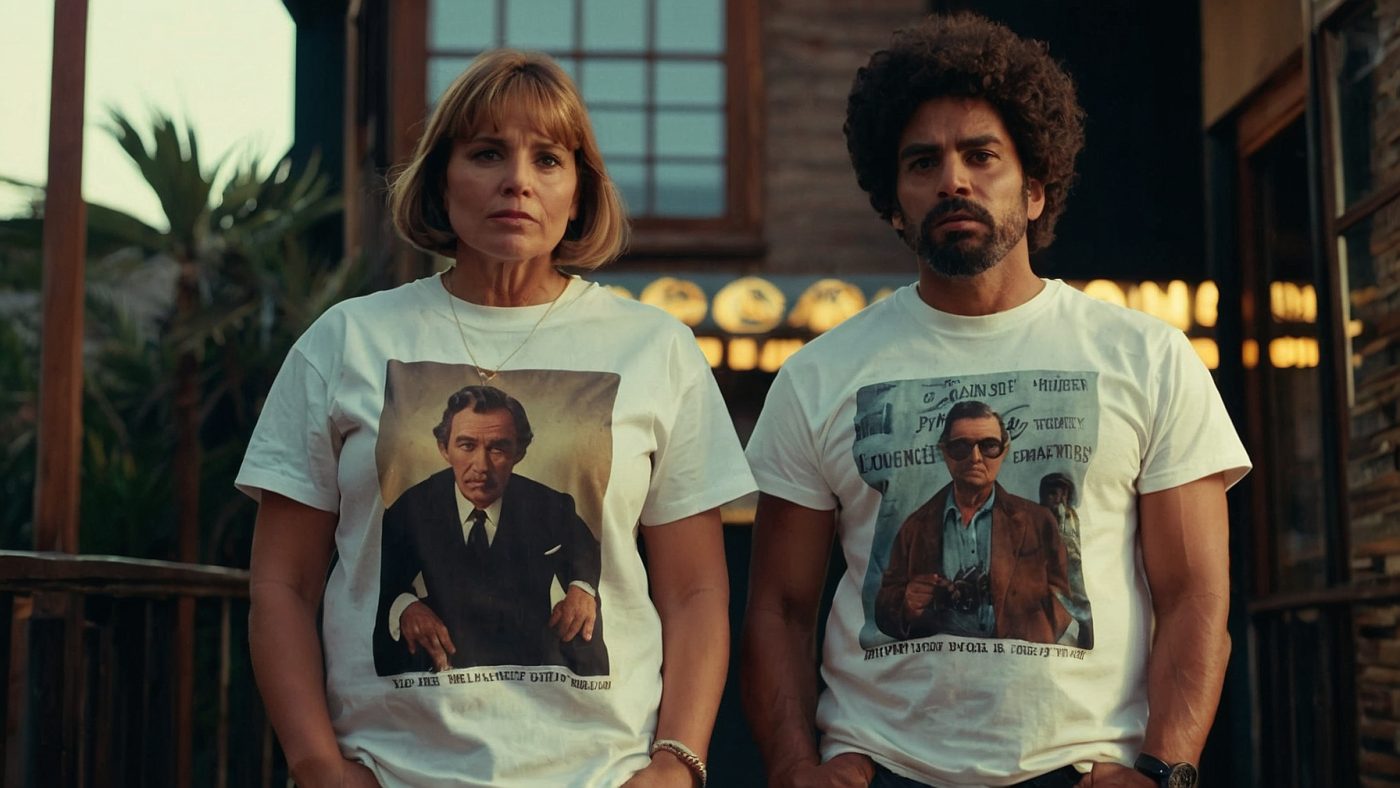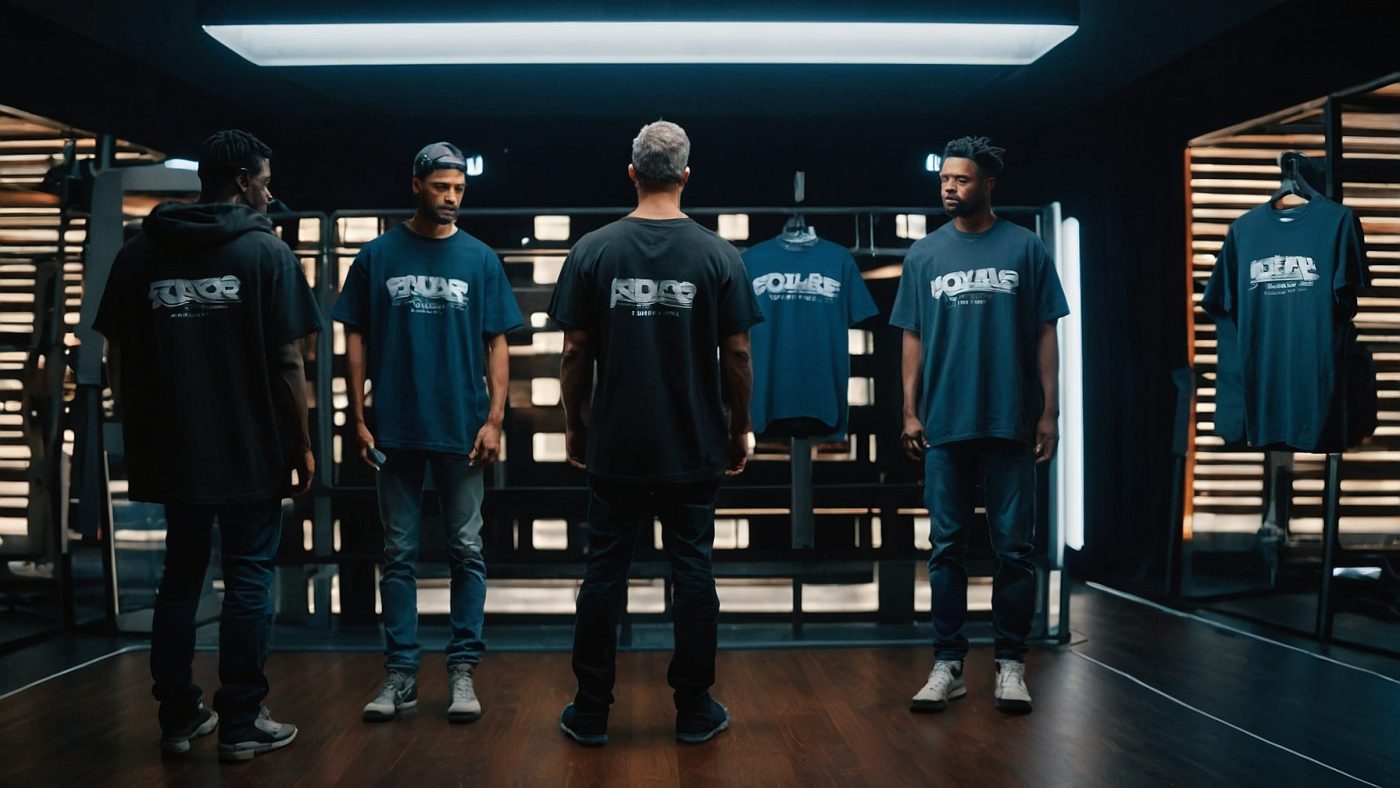Personal Safety & Security
The Evolution of T-Shirt Fashion: From Undergarments to Icons

T-shirts are ubiquitous today, seen on toddlers to grandmas, rock stars to office workers. The journey of t-shirts from simple undergarments to fashion icons is a fascinating tale of cultural evolution, technological advancements, and shifting societal norms. Let’s take a closer look at the evolution of t-shirt fashion, including how the t-shirt for men has transformed over the decades.
The Humble Beginnings
The story of t-shirts began in the 19th century when they were primarily worn as undergarments. The first t-shirts were simple, white, and lightweight cotton, designed to be worn under uniforms or dress shirts. The U.S. Navy was among the first to adopt t-shirts in the early 1900s, providing their sailors with comfortable, easy-to-clean undershirts. This marked the beginning of the t-shirt for men becoming a practical staple.
The Birth of Casual Wear
The 1920s and 1930s saw t-shirts start to emerge from the shadows of undergarments into the realm of casual wear. During this period, athletes and laborers began wearing t-shirts for their comfort and practicality. The term “t-shirt” itself was coined due to the garment’s T-shaped silhouette. However, it wasn’t until the 1950s that t-shirts, including the t-shirt for men, truly entered mainstream fashion.
Icons like Marlon Brando in “A Streetcar Named Desire” and James Dean in “Rebel Without a Cause” popularized the t-shirt for men as a symbol of youthful rebellion and cool nonchalance. These cinematic moments cemented the t-shirt’s status as a staple of American casual wear.

The Graphic Revolution
The 1960s and 1970s brought a new era for t-shirts: the rise of the graphic tee. Advances in screen printing technology allowed t-shirts to become canvases for self-expression. Bands, brands, and political movements quickly adopted t-shirts as a medium for their messages. The peace movement, rock bands like The Rolling Stones, and brands like Coca-Cola all used t-shirts to broadcast their imagery and messages to the world. This era also saw the birth of the concert tee, transforming the t-shirt for men and women into souvenirs and memorabilia.
The Designer Era
The 1980s and 1990s saw designers and high fashion houses embracing the t-shirt. Designers like Vivienne Westwood and brands like Calvin Klein began incorporating t-shirts into their collections, elevating the t-shirt for men from casual wear to high fashion. The logo tee became a status symbol, with brands like Nike and Adidas turning their logos into fashion statements. Streetwear culture also began to flourish during this time, with brands like Stüssy and Supreme using t-shirts as a foundational piece of their collections, blending casual wear with urban style.
The Digital Age and Customization
The 21st century has brought further evolution in t-shirt fashion, driven by the internet and digital printing technologies. Today, anyone can design and print their t-shirts, leading to an explosion of creativity and individuality in t-shirt design. Websites like Threadless and Teespring have made it possible for independent artists to reach global audiences with their designs, making the t-shirt for men a highly customizable and personal piece of clothing.
Additionally, sustainability has become a significant trend in t-shirt fashion. Brands are increasingly focusing on eco-friendly materials and ethical manufacturing processes, responding to consumer demand for more responsible fashion choices. This shift is particularly evident in the production of t-shirts for men, where sustainable practices are becoming more mainstream.

The Future of T-Shirts
The future of t-shirt fashion looks promising and innovative. Smart fabrics, incorporating technology for health monitoring or interactive features, are on the horizon. Virtual and augmented reality technologies are also set to change how we design and shop for t-shirts, offering immersive and customizable experiences. As t-shirts continue to evolve, they remain a powerful symbol of individuality and cultural expression, especially in the realm of the t-shirt for men.
Conclusion
The evolution of t-shirt fashion is a fascinating reflection of societal changes and technological advancements. From their origins as simple undergarments to their current status as fashion staples and canvases for personal expression, t-shirts have come a long way. As we look to the future, it’s exciting to imagine how the t-shirt for men and women will continue to evolve and shape our wardrobes and culture.
